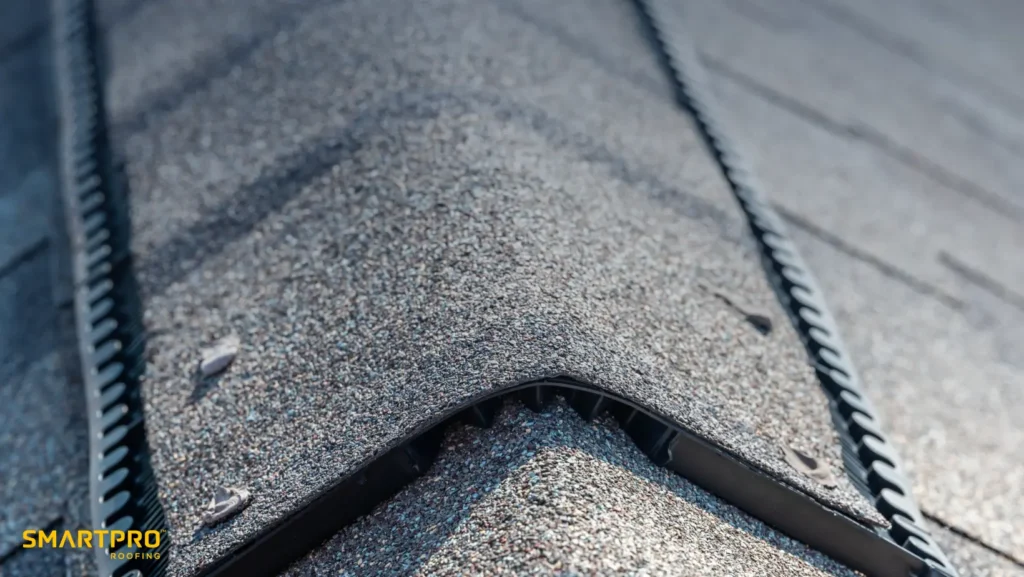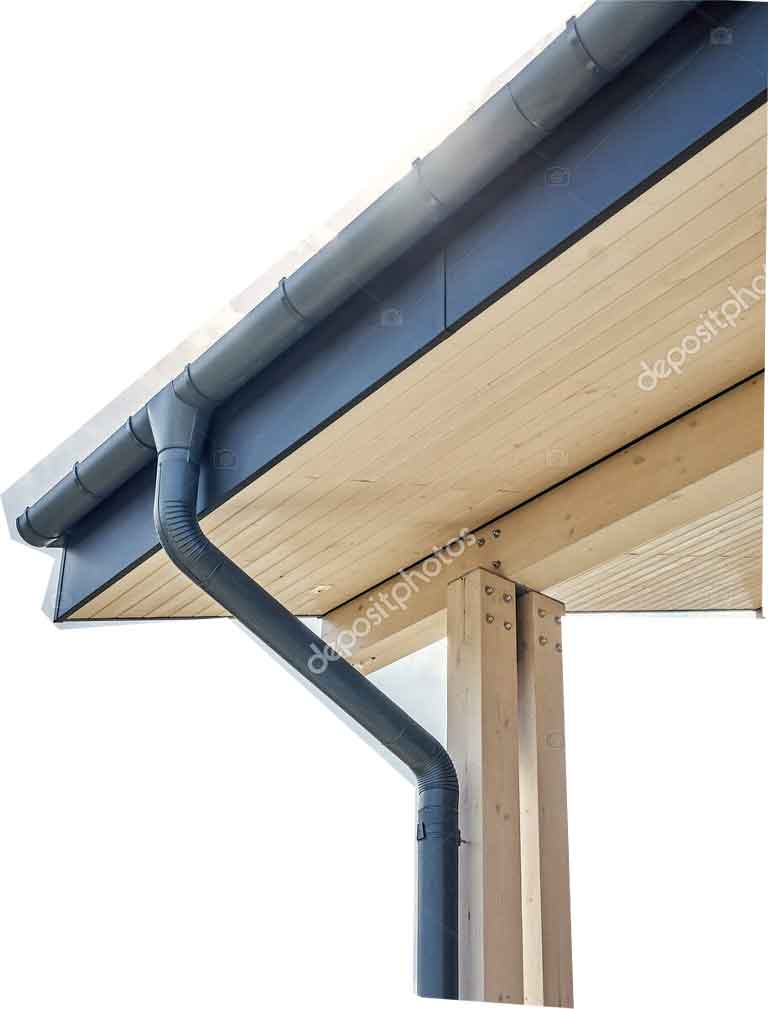Florida homeowners must pay close attention to the 25% roof replacement rule under the Florida Building Code. In short:
- If more than 25% of the total roof area or roof section is damaged within a 12-month period, you may be required to replace the entire roof system to meet current code standards.
- Homes built after March 1, 2002 that already comply with the code may only need partial repairs, even if the 25% threshold is exceeded.
- Homes built before 2002 usually require a full roof replacement if the 25% rule is triggered.
This guide breaks down Florida’s roofing laws, the 2022 updates, and how these rules impact homeowners, contractors, and insurance companies. By the end, you’ll know exactly when you need a complete replacement and when a repair might be enough, saving you time, money, and stress.
What Is the Florida 25% Roof Replacement Rule?

The roof replacement rule in Florida states that if more than 25 percent of the total roof area or roof section is damaged in a 12-month period, the homeowner may be required to replace the entire roof, not just the damaged section.
This law was designed to ensure homes withstand Florida’s high-wind and hurricane conditions. Roofs are a home’s first line of defense, and partial patchwork repairs often fail to meet modern structural requirements.
Why Was the Roof Replacement Rule Created?
Florida’s climate like hurricanes, tropical storms, and heavy rain makes roofing durability critical. Before this rule, many roof repairs left homes vulnerable to repeated damage.
The rule ensures that when a roof section is replaced, it’s done according to requirements of this code, improving long-term safety and preventing insurance disputes.
How Did the 2007 Florida Building Code Shape Roofing Laws?
The 2007 Florida Building Code first set the 25% threshold, requiring that if a section of any existing building had more than 25% replaced or recovered, the entire roof system must meet code.
This ensured that older homes, especially those built before March 1, 2002 were brought into compliance. The goal: avoid weak points in a roofing system or roof section that could fail in extreme weather.
What Changed in the 2022 Florida Roof Replacement Laws?
The 2022 Florida Building Code update introduced flexibility:
- If your roof was constructed or replaced after March 1, 2002 and meets the 2007 building code, you may repair only the part of the roof that’s damaged even if the damage exceeds 25.
- If your roof was built before 2002 and doesn’t comply, you must still replace the entire roof if the 25% threshold is crossed.
This shift prevents unnecessary complete roof replacement costs for compliant newer homes while maintaining safety.
When Does a Roof Repair Trigger Full Replacement?

A roof replacement is not required unless damage goes beyond 25 percent of the total roof area in a 12-month period and the roof does not comply with the 2007 Florida Building Code.
Key triggers:
- Roof section was built before 2002 → Full replacement required.
- Roof complies with the 2007 code → Partial repairs may be enough.
- Roofing material or changes in roofing material → May require compliance checks.
Does the 25% Rule Apply to My Home?
Ask yourself:
- When was my roof installed? (Before or after March 1, 2002)
- Does my existing roofing system or roof meet current building code standards?
- How much roof damage occurred in the past 12 months?
If you’re unsure, consult a licensed roofing contractor familiar with Florida roof replacement law.
Florida Roof Insurance Claims: How the 25% Rule Affects Payouts
Insurance companies rely heavily on this rule. If your damage exceeds the 25 percent threshold stated in the code, they may:
- Require a full replacement instead of partial repairs.
- Deny claims if your roof doesn’t meet code.
- Lower payouts if you refuse to bring the entire roof up to code.
Knowing these roofing laws protects your finances and strengthens claims for full roof replacements.
Why Does This Rule Matter to Homeowners?
The 25 percent roof rule in Florida isn’t just legal jargon. It directly affects repair costs, insurance decisions, and roof replacement law in Florida compliance. After a storm, a tree branch or hail might damage only a part of the roof—but if that damage crosses the 25% threshold, and your roof section is replaced, you could face a full reroofing bill.
To ensure your contractor is operating within legal guidelines, it’s essential to verify their licensing and credentials through the Florida DBPR (Department of Business and Professional Regulation).
Let’s walk through how the rule plays out depending on when your roof section was installed:
Scenario 1: You Own a Home Built in 2010
A severe storm damages around 30% of your roof section. Since your roof was built after the code change, and likely meets Florida roofing requirements, you may only need to repair the affected section. That saves you thousands in replacement costs—and avoids the need to fully bring your roof into compliance with the requirements of the code.
Scenario 2: You Own a Home Built in 1995
Now imagine the same level of damage which is 30% of your roof system. But since your existing roof was built before the requirements of the 2007 Florida Building Code, you’ll likely need to replace the entire thing. That’s because the roof section of any existing pre-2002 home that suffers more than 25 percent of the total roof damage must be replaced to conform to requirements of today’s stricter codes. And if more than 25% is recovered in any 12-month period, the structure shall be repaired in full for compliance.
This is where homeowners often run into issues with insurance companies. If the damage exceeds the threshold but the roof section is being repaired without updating the entire existing roof, your insurer may refuse coverage, or only approve a partial payout.
Florida’s roofing laws are complex, but knowing where your home stands in relation to the requirements of the 2007 Florida Building Code could save you significant money, time, and headaches. Not only that, it ensures your home is safe and storm-ready.
📍 Need help interpreting the rules? Contact us today for a free roof inspection and compliance review.
Other Situations Where the Rule Comes Into Play
- Buying or selling a home? If an inspection finds over 25% damage, the roof may need to be brought up to code before the sale is finalized.
- Landlords and property managers: Rental properties are subject to the same rules. Staying compliant protects your investment and ensures tenant safety.
- HOA communities: Some communities have stricter roofing standards layered on top of state law. Make sure you understand all applicable rules.
Why This Matters for Insurance
This rule is especially critical when filing a Florida roof insurance claim. If your insurer deems the roof damage percentage in Florida exceeds 25%, they may:
- Require you to replace the entire roof to meet code
- Deny a claim for partial repairs if your roof doesn’t meet standards
- Offer a lower payout if you opt for repairs that don’t comply
Knowing your rights and responsibilities under the Florida roof laws puts you in a stronger position when negotiating with your insurance provider. It can also help you qualify for tax benefits in the future if your replacement project uses energy-efficient roofing materials or meets certain federal standards, such as the residential energy credit.
The Role of Roofing Contractors Under Florida Roofing Laws

Licensed roofing contractors play a vital role in ensuring compliance. They:
- Inspect roof damage.
- Document findings for insurance companies.
- Confirm if your roof section conforms to requirements of current code.
Hiring an unlicensed contractor risks non-compliance with Florida building code in effect.
Florida Building Commission and Roofing Regulations
The Florida Building Commission shall adopt updates every cycle, including roofing rules. They may adopt this exception by rule and incorporate it in the Florida Building Code, ensuring it evolves with climate and industry standards.
Recent legislative changes have also shaped how the 8th edition of the Florida Building Code addresses roofing.
Exceptions to the 25% Roof Replacement Rule
While the rule for roof replacement is strict, there are exceptions:
- Roofs built after 2002 and compliant with current building code standards.
- Situations where a division of a roof area or elevation are different roof sections limits the damage to one area.
- Certain roof areas required by code may allow partial repairs.
However, unless the entire roofing system complies, the period unless the entire roofing system is updated still applies.
How to Ensure Your Roof Meets Florida Building Code Standards
Steps for homeowners in Florida:
- Get a roof inspection from a licensed contractor.
- Document roof damage with photos for insurance.
- Verify if your roof meets the 2007 Florida Building Code.
- Check local roofing regulations since some counties enforce stricter laws.
Call SmartPRO Roofing for Compliance & Expert Inspections
Florida roofing laws can feel overwhelming, but SmartPRO Roofing makes the process straightforward. Our team uses advanced satellite imagery and on-site expertise to help you understand how the 25% rule affects your home. Whether you need a roof repair, a full roof replacement, or simply assurance that your roof is storm-ready and compliant, we’re here to guide you every step of the way.
Protect your home and avoid costly mistakes. Get your exact Roof Qoute now with our SmartQuote Tool.
FAQs
- What is Florida’s 25% roof replacement rule?
It requires replacement if more than 25 percent of the total roof area is damaged and your roof does not comply with modern code. - Does this apply to every home?
No. Roofs built after March 1, 2002 that meet code may only need partial repairs. - How does this affect insurance?
Insurance companies often require a full roof replacement if the 25% threshold is crossed on non-compliant roofs. - Can I avoid replacing the entire roof?
Yes, if your roofing system or roof section conforms to requirements of the 2007 Florida Building Code. - Who enforces roofing laws?
The Florida Building Commission updates the edition of the Florida Building Code and ensures enforcement. - What should I do after roof damage?
Call a licensed contractor, document the damage, and file a claim immediately.











